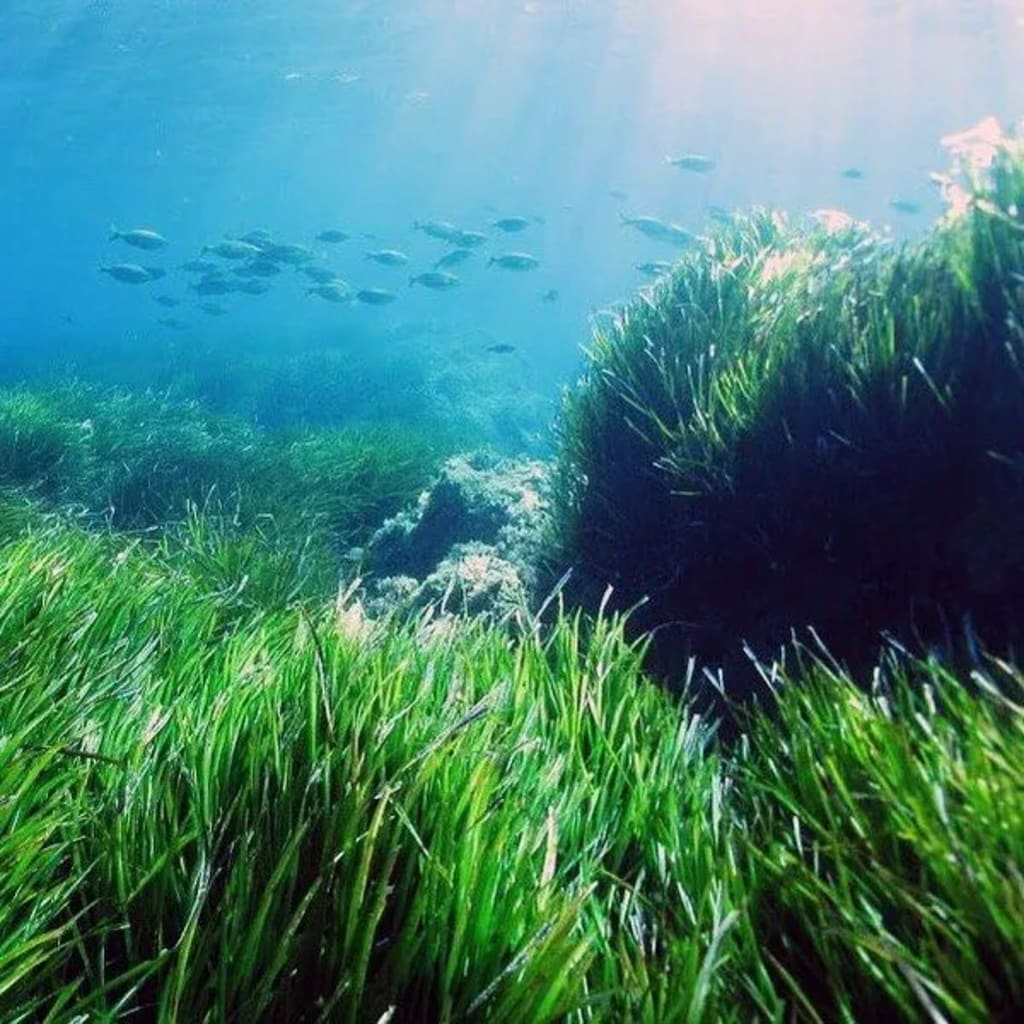Is there any living thing that can live forever?
Is biological immortality possible?

The eternal life in the strict sense cannot be killed by any factors. It is the current physical material of the earth's life.That may at least need to make the carrier a collection of extreme black holes or such black holes without Hawking, and such a life body will probably destroy the earth quickly on the earth -that is, the earth will not have such a earth life.Continue to exist under the circumstances, this is the survivor deviation.
There is no strict immortality, no natural life span limit, and it seems that many organisms have achieved it. Porifera, such as glass sponge, and some cnidarians, such as green hydra, do not show the loss of viability caused by aging and may not have a natural life span limit. Many kinds of cnidarians, such as lighthouse jellyfish and sea moon jellyfish, can reverse their life cycle and repair their bodies efficiently, and may have no natural life limit.
In nature and laboratory, the death of the above creatures mainly comes from accidents: the predator is eaten, the pathogen is infected, the water quality is poisoned, and the typhoon landing causes the laboratory to disconnect the water tank.
Long -term observation shows that the mortality rate and reproduction ability of green water has nothing to do with the passage of time [1], and its death mainly comes from accidents.It can be repaired by itself after being crushed or oxidized.
Lighthouse jellyfish [2] (Turritopsis Nutricula) is the first creature that reverses its own life cycle.Its sexual mature individual can return from the jellyfish type without death. This ability can also be seen in Turritopsis Dohrnii, another species of a lighthouse.It was split after humans were interested in them and carried out genetic analysis).
Some people mistakenly spread the meme that "lighthouse jellyfish can only rejuvenate once", but in fact, they have been cycled 9 to 10 times in Japanese laboratories, with a world record of 14 times [3], and no signs of reduced ability have been found.
Others spread the news that "lighthouse jellyfish can only rejuvenate in the laboratory", in fact, because it is too difficult to track and observe them in the natural environment.
Lighthouse jellyfish usually restarts once every 3 months, and it takes 48 hours to restart the process.You can use a needle to poke it to induce restart in the laboratory. On average, you need to poke 200 times.On the eve of our fishing and pollution methods to return to Hanwu Ji, the lighthouse jellyfish has spread to the tropical ocean and temperate ocean in the world with the pressure water of human ships.
There are other species of Cnidaria that have abilities similar to those of the lighthouse jellyfish.
Fragments of moon jellyfish or individuals that appear to be old and dead (but have some cells that are still alive) can regenerate into hydroids and grow into jellyfish, which is also an obvious reversal of life cycle. Researchers in China have repeatedly observed that fragmented moon jellyfish [6] can repair themselves from mixed organic garbage, and found large breeding areas of moon jellyfish in some aquaculture facilities in the Bohai Sea. The complete life cycle of the moon jellyfish is a complex cyclic structure.Many kinds of jellyfish can do this. Myxosporidia are multicellular parasites that satisfy some people's naive idea that "organisms with cancer cells all over their bodies will live forever". Most of their cells are severely deficient in tumor suppressor genes, but they can differentiate and cooperate rather than proliferate and kill themselves. Some scholars suspect that they are simply an independent species formed by cancer cells in ancient cnidarians [7] (polyploid watermelon is angry, Hela cells are happy), but this is very difficult to evolve, and it is difficult to find fossil evidence for this thing itself, which is not convincing at present.
Considering the determination of the state and age of life in nature, the sponge species of the sponge species living in the Antarctic Rose Sea [8] is known as the closest to immortal animals. The age of some individuals is estimated to be 15,000 years old [9] to 23,000 years old[10].It is difficult to survive for more than 15,000 years under the law of the sea level changes in the Sea Sea of Ross in the past tens of thousands of years, but it is still easier for the lighthouse jellyfish to survive for a long time than the floating life.
Of course, we can't rule out that some individual cnidarians in the abyss have lived since 600 million years ago.
In terms of plants, the cloned connection group of Posidonia Oceanica in the Mediterranean may have 100 million clusters of leaves. Many leaves are connected to the ground stems and connected near the Bali Ali Islands in Spain.It ranges from 5 kilometers, and a large number of leaves are tested for 100,000 years, which may be the largest creature in modern sea.In 1999, "Biological Diversity and Featured Culture of Iveza Island" was listed as a World Heritage Site [11], number 417
At present, people cannot investigate the allocation of their underground stems well.However, the organic bodies that have survived the 100,000 -year -old manner have changed many stereotypes of people's life on the earth.
In 2022, a study found that the cloned connection group of Australia's Hainan Grass covered the shallow sea of about 200 square kilometers at the Shark Bay.This may be the largest organic body on the contemporary earth, expanding with the local sea plane from 4500 to 8500.There is no estimated total biomass.
Clonally connected populations of seagrass may survive semi-permanently under ideal conditions.
About the Creator
Sunflower
Share some life stories and love lifeOrdinary boy, love life.
Enjoyed the story? Support the Creator.
Subscribe for free to receive all their stories in your feed. You could also pledge your support or give them a one-off tip, letting them know you appreciate their work.






Comments
There are no comments for this story
Be the first to respond and start the conversation.